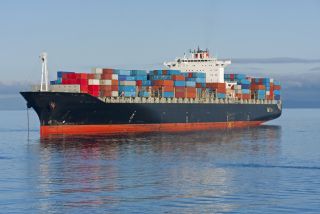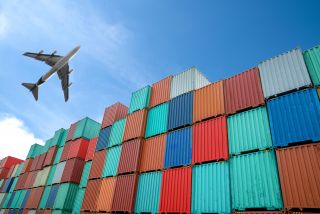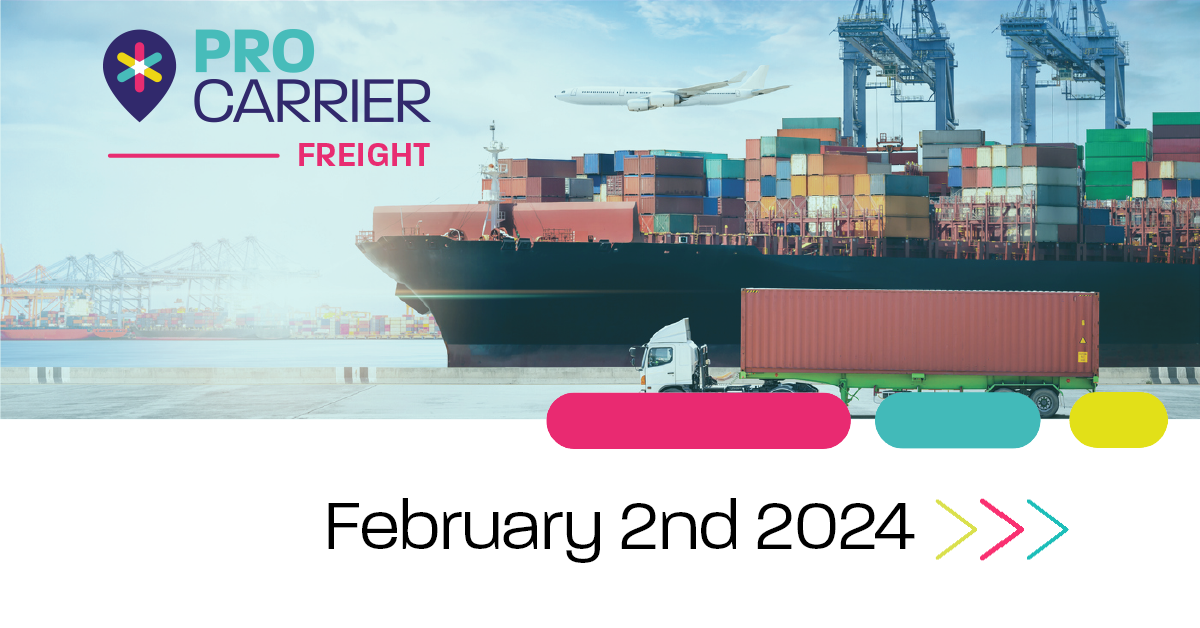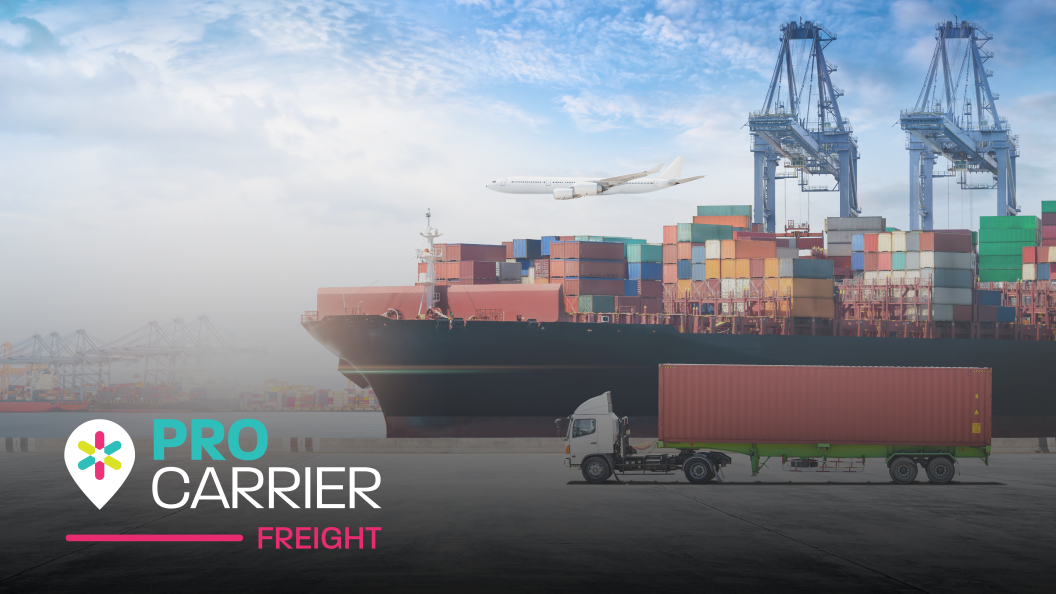Table of contents
Topic of the week:
As the Red Sea Crisis continues, more and more effects are being felt as carriers get to grips with a new normality. The furniture sector is experiencing troubles importing goods from Asia into Europe and materials such as wood imports from Europe into China. Companies are having to address delivery delays and inventory shortages, as freight shipments experience delays and less frequent movements accompanied by higher rates.
That being said freight rates are beginning to soften as they come back down from the initial panic caused by the Red Sea Crisis. Demand is decreasing meaning that rates are coming back down after panic over a return to Covid Pandemic levels. Experts believe that although the industry is experiencing delays carriers will recalibrate and adjust to a new normal. Ports may find themselves experiencing congestion and vessels cluster which could eventually lead to equipment shortages according to Simon Heaney, Drewry’s senior manager for container research, to which he added, “but in our view, it’s going to be a fairly short-lived phenomenon, because liner networks will recalibrate very quickly.” Although rates may remain higher, demand is still weak, and as carriers adjust to diversions and implement new future plans, things should to start to reach equilibrium again.
In other news January 1st saw the EU ETS come into effect, which now requires vessel owners to purchase EU allowances according to their per-tonne carbon emissions. This only applies to their ships that call at EU ports, and now means that shipping lines now pay surcharges under the principle of “the polluter pays”. While these surcharges will be passed down the chain, worry that the surcharges may not be accurate in scale is starting to emerge. These surcharges will work off of a standardised model, using factors such as average ship design and speed etc. to create a generic cost assumption for surcharges. Due to the many factors that would need to come into play to calculate an exact cost per vessel, it could become a much longer process. Greater transparency is being called for these new surcharges especially as it is the end consumer that will experience these cost rises. These surcharges combined with the inflation caused by the Red Sea Crisis undoubtedly cause higher shipping costs that many fear will reach levels saw during the Covid Pandemic.
Sea:
- Over the last two weeks China/East Asia to North America West Coast spot rates have increased by 58.3% from $2,588/FEU to $4,099/FEU according to Freightos data.
- China/East Asia to North America East Coast spot rates have risen over the last two weeks, increasing by 43.8% to $6,152/FEU.
- Global container spot prices have risen over the last two weeks, and are now sitting at $3,411/FEU, a 30.5% increase over the last two weeks, and a 65% increase from spot rates this time in 2023 according to the Freightos Baltic Index (FBX)

Air:
- Global Air Freight spot rates currently sit at $2.44, as rates continue to fluctuate according to the Freightos Air Freight Index (FAX)
- Europe to Northern America spot rates currently sit at $1.98 (100-3000kg), says FAX, increasing by 7%
- Europe to Central Asia spot rates have decreased by 6.5% currently sitting at $1.99 (100-3000kg), says FAX
- Europe to Asia, Greater China spot rates currently sit at $1.31 (100-3000kg), says FAX
- Potential air cargo disruptions could occur from Friday 9th February to the 19th February, as DHL Aviation UK employees plan to strike at East Midlands Airport. This strike will see 180 workers who usually undertake ramp duties, aircraft handling and oversee the airport tower take industrial action after pay disputes.
- IATA has made over 300 updates to its industry manuals for cargo and ground handling operations with major changes related to live animals, perishables and temperature controlled cargo regulations. Major changes were also made to operational risk assessment and ground handling training and procedures.

That’s all for this week’s update…
Check out our other insights and articles for more in depth industry news and trending topics, or get in contact to discuss some of our best in class freight forwarding services!



